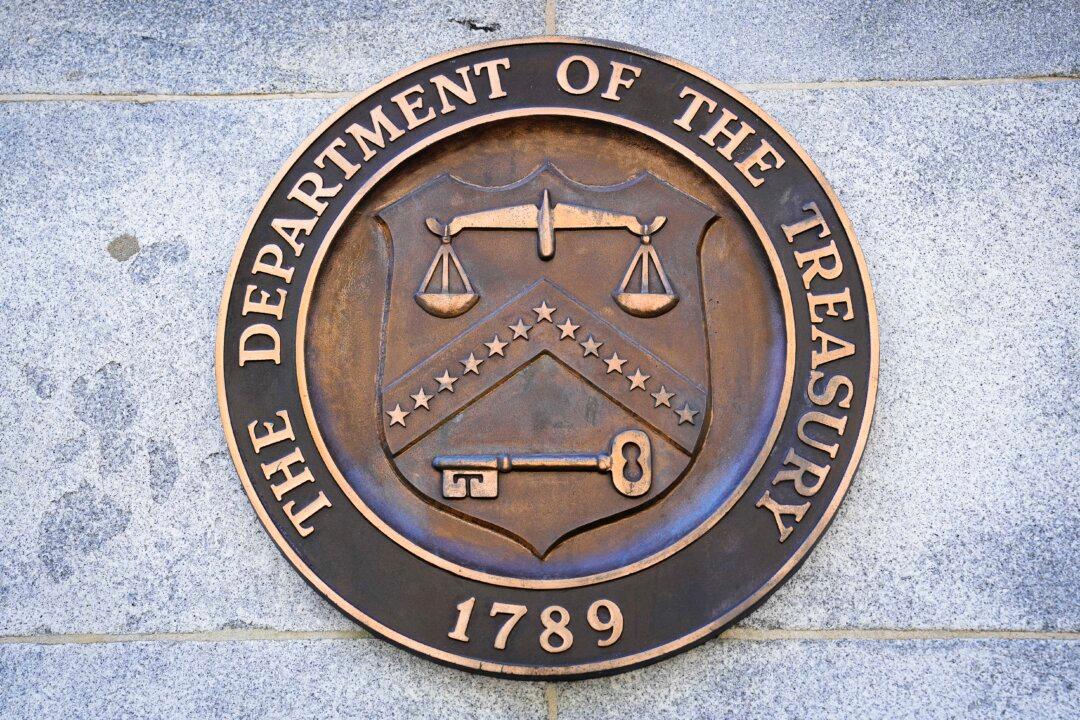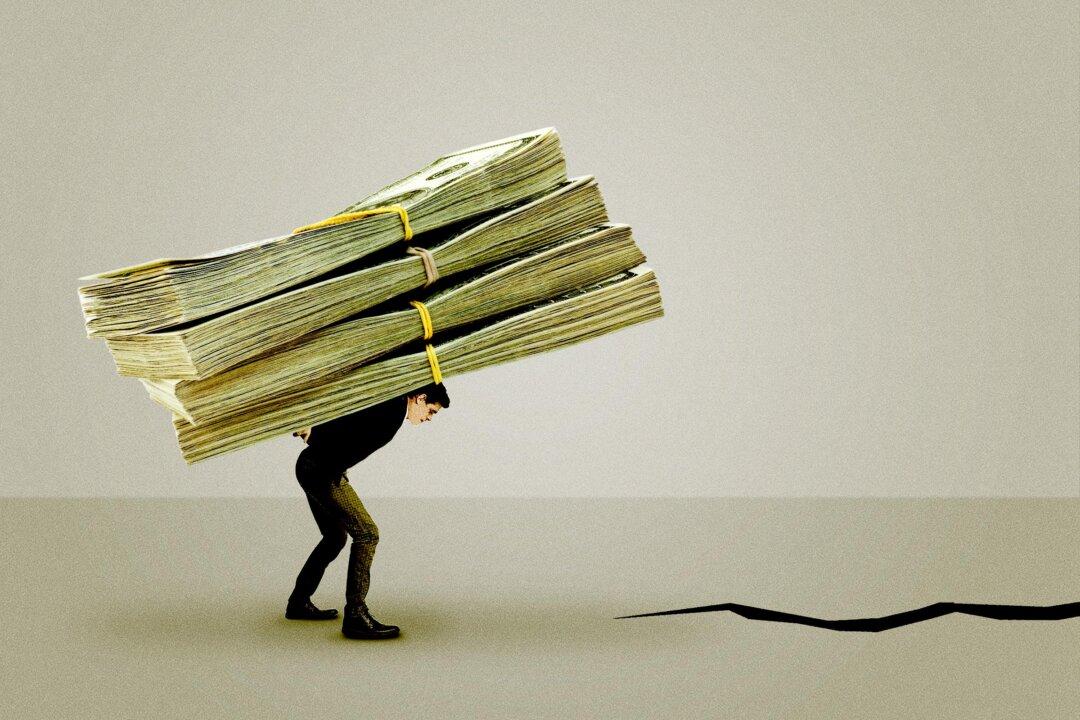Commentary
One year ago, the prevailing consensus among economics and market analysts was that the United States would enter recession at some point in 2023 on the back of rising interest rates and tightening credit. March’s banking crisis seemed to confirm that the worst was yet to come.





